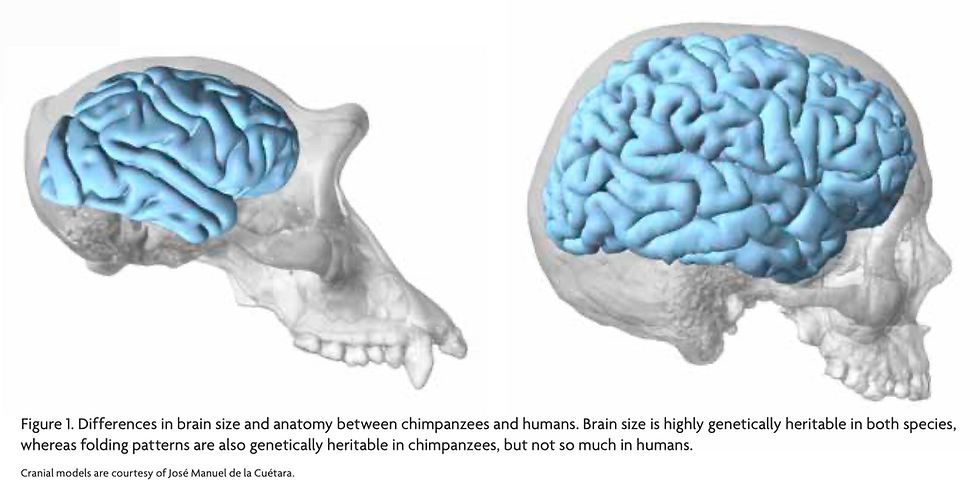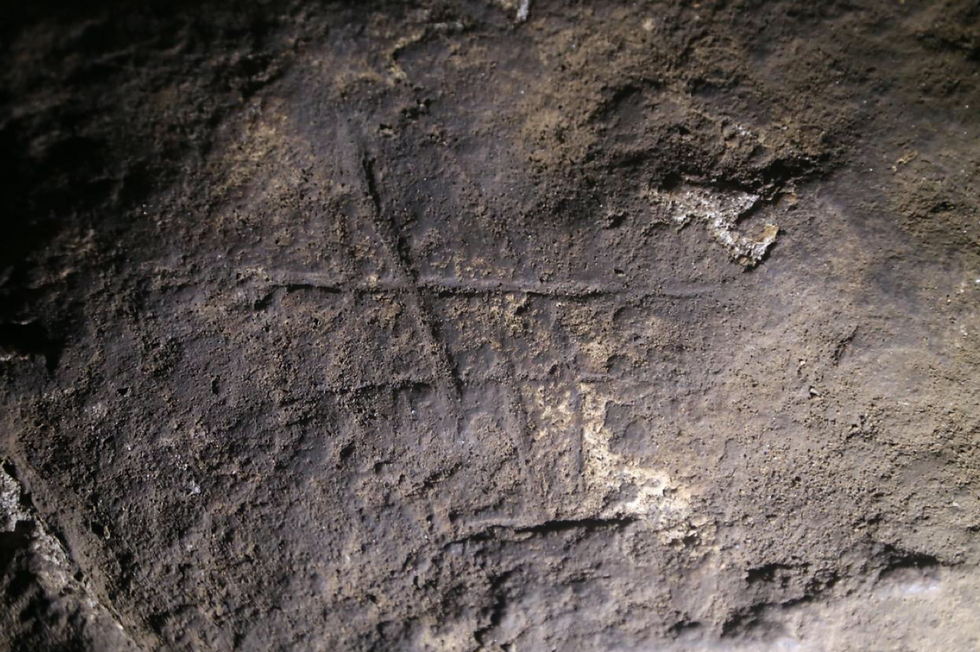Ardipithecus ramidus
- Wu, Bozhi

- Mar 19, 2021
- 2 min read

More than 110 specimens of the skull, hands, feet, limbs, and pelvis of Ardipithecus were recovered (White et al., 2009, p. 75), and there are several lines of evidence that could provide justification for the determination of Ardipithecus as a new genus.
First, Ardipithecus had overall smaller dentition and was characterized by having less postcanine megadontia compared to Australopithecus (p. 78). Their lower canines retained a relatively apelike morphology, while their upper canines had experienced reduction in size and alteration in shape (p. 80). Secondly, based on canine morphology and skeletal body size, there was overall less variation and sexual dimorphism observed within the known Ardipithecus. which was atypical for Australopithecus (p. 80). Thirdly, there was carbon isotopic evidence from the enamel which showed that Ardipithecus and Australopithecus probably had distinct dietary intake, which could further suggest differences in their habitats and foraging environments (p. 79). Furthermore, the concurrence of derived upper pelvis that allowed facultative bipedality and more primitive hand, foot, limb structures was also supporting the determination of Ardipithecus as a new genus (p. 80).
One anatomical evidence for palmigrady locomotion could be found from the wrist, which was adapted for midcarpal dorsiflexion (p. 80) and was consistent with an arboreal palmigrady type of locomotion. On the other hand, traits such as “expanded second meta-tarsal base that anchored plantarflexion during heel- and toe-off” could support their bipedalism on the ground. Also, although they had divergent big toe, they also possess “robust plantar substructure that stabilized the foot” (p. 80). In other words, their feet could form a stable platform that allowed them to maintain balance during bipedal locomotion better.
The low degree of sexual dimorphism among Ardipithecus was mainly concluded from the low degree of variations in canines and postcranially based estimates of body size (p. 78). There was significant overlap between male and female body sizes among Ardipithecus (p. 78). Nevertheless, this inference relies on the assumption that the analyzed specimens included both males and females, which was difficult to conclude decisively.
References
White, T. D., Asfaw, B., Beyene, Y., Haile-Selassie, Y., Lovejoy, C. O., Suwa, G., & WoldeGabriel, G. (2009). Ardipithecus ramidus and the Paleobiology of Early Hominids. Science, 326(5949), 64–86. https://doi.org/10.1126/science.1175802







Comments